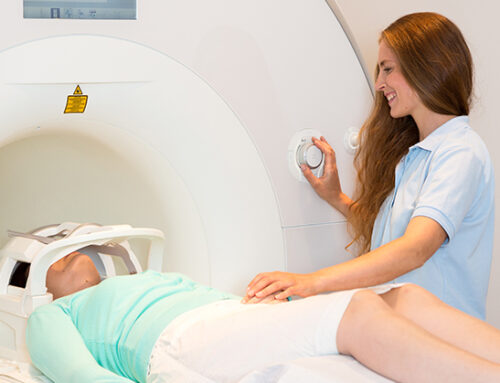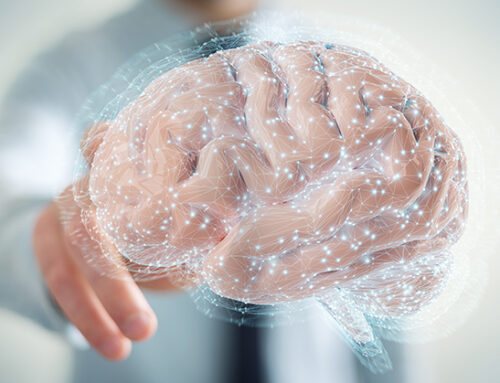In the first century AD, a man named Scribonius Largus was the court physician to the emperor of Rome. Among other things in his medical bag of tricks, he had a novel method for relieving headaches.
He would lay an electric ray (torpedo fish) across the patient’s head. The 30 to 50 volts produced by the sea creature was said to do the trick.
Even today’s most adventurous alternative doctors are unlikely to lay a torpedo fish across your head, but before long they might use its modern equivalent — transcranial electric stimulation.
Based on recent findings, scientists believe this form of mild electrical stimulation could prove effective in treating brain disorders and cognitive problems that come with aging.
Key Brain Areas Out of Alignment
When the brain needs to store information for short-term application, it uses working memory. It’s what you’d need to retain someone’s address while you reach for a pad to write it down.
Two key areas of the brain involved with working memory are the prefrontal lobe and the left temporal cortex. They need to work in harmony. But as we age the brainwaves they produce can get out of sync, impairing the ability to recall information.
Neuroscientists at Boston University wanted to see if electrical stimulation could resynchronize these regions to improve communication and restore working memory in older people.
To test this, they recruited 42 healthy people in their twenties and another 42 aged 60 to 76.
Each volunteer was hooked up to an electroencephalogram to record brainwave activity and synchronization patterns. From this information the researchers designed a personalized high definition transcranial alternating current stimulation (HD-tACS) procedure to restore brainwave alignment for each individual.
Then they gave the volunteers a memory test. They were asked to look briefly at a picture of a familiar object, then a short time later they were shown the image again, with or without modifications. They were asked whether the picture was the same or different.
This took place over a period of 25 minutes while electric current flowed through the two brain regions, and for another 50 minutes after the current was switched off.
Restores Working Memory
The findings showed the older group performed less well on the test – as the researchers expected. The seniors were slower and less accurate than the younger participants.
But there was some good news for the seniors. When their brains were stimulated, the two brain regions became more closely aligned and they performed just as well as their younger counterparts. This effect also continued for the 50 minutes following the electrical procedure.
Dr Robert Reinhart, who led the study, said, “Not only did we find that a decline in working memory is due to specific brain circuits becoming disconnected, but we also were able to non-invasively stimulate these faulty brain circuits in the elderly to rapidly boost their brain and memory function.
“In terms of this working memory task, we made the brain of a 70-year-old look like that of a 20-year-old.”
Potential Applications in Mood Disorders & Dementia
Marom Bikson from the Neural Engineering Group at City College of New York is the scientist who invented HD-tACS. He wasn’t involved in the study but was enthusiastic about it.
“I’m really excited by this paper. It advances the needle towards establishing a rigorous scientific base for this kind of brain stimulation technique.”
Another positive response came from Bettina Buhring, PhD, chief of the learning and memory program at the National Institute of Mental Health. She thinks this type of technology could have wider applications.
“I expect that improving brain activity rhythms across multiple brain regions might be helpful for improving a wide range of cognitive tasks.
“Not just working memory, but perhaps also helping with spatial navigation, attention, reasoning, or decision making.” She also thinks it has the potential to help in autism, schizophrenia, and mood disorders.
The paper was also well received by the Alzheimer’s Society: “Altering and correcting the circuitry of the brain with technology is a new exciting avenue of research for dementia.”







